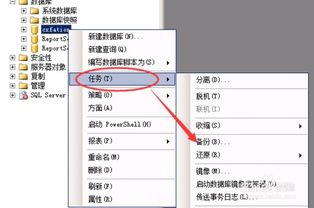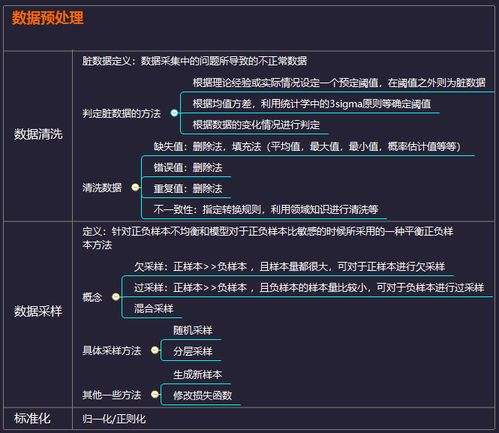ASP.NET Execution Time Limit, Timeout Settings, and Optimization Tips
Understanding Execution Time Limits in ASP.NET
In ASP.NET applications, the execution time limit is a critical factor that ensures the server remains responsive and available to users. When a request takes longer than a specified period, it can lead to a timeout error, which affects the user experience negatively. The default execution timeout is typically set to 110 seconds. However, you can modify this limit based on your application’s needs. The execution timeout can be configured in the Web.config file of the application under the
Adjusting Timeout Settings
The executionTimeout attribute in the Web.config file allows developers to customize how long a request can run before it is automatically terminated. For example:
In this example, the execution timeout is set to 120 seconds. It's crucial for developers to ensure they set this parameter wisely, as increasing the timeout might not always be the best solution. Long execution times may indicate a need to optimize database queries, improve algorithms, or refactor slow code segments to enhance performance.
Optimizing ASP.NET Performance
To prevent timeouts and ensure your application runs smoothly, consider implementing the following optimization strategies:
- Utilize asynchronous programming, which can help process requests without blocking threads, thereby improving throughput.
- Optimize database queries by using proper indexing, reducing data retrieval times, and batching commands.
- Cache data effectively by using output caching, application-level caching, or distributed caching to reduce the need for repeated calculations or database hits.
- Profile the application to identify bottlenecks in the code and optimize critical paths for better performance.






